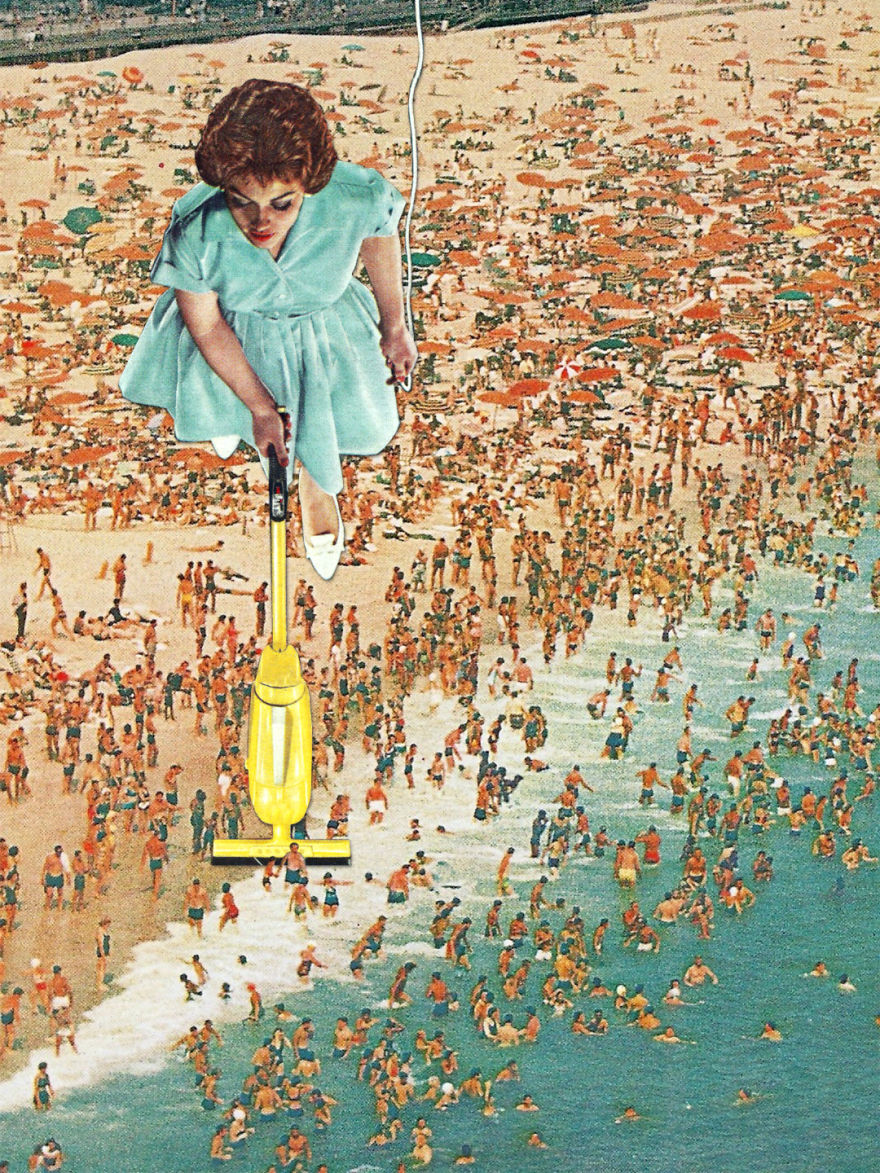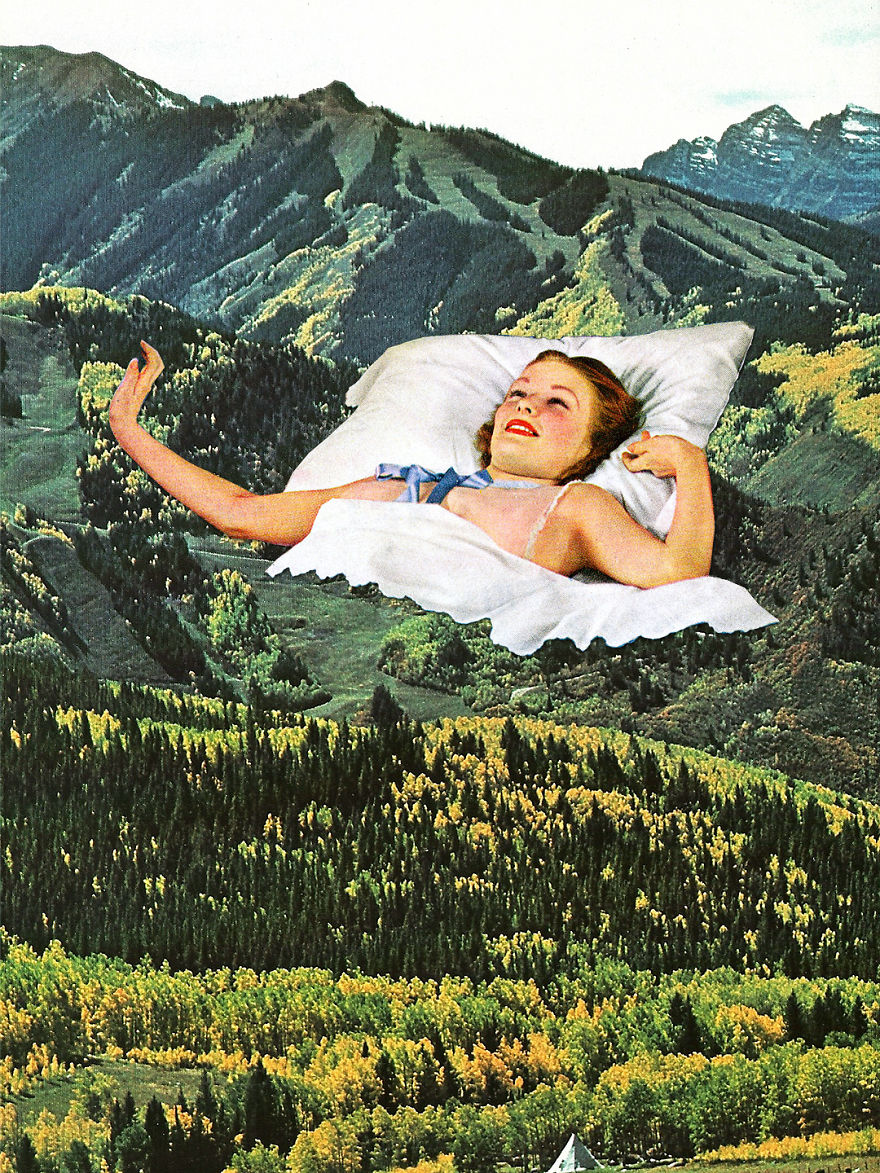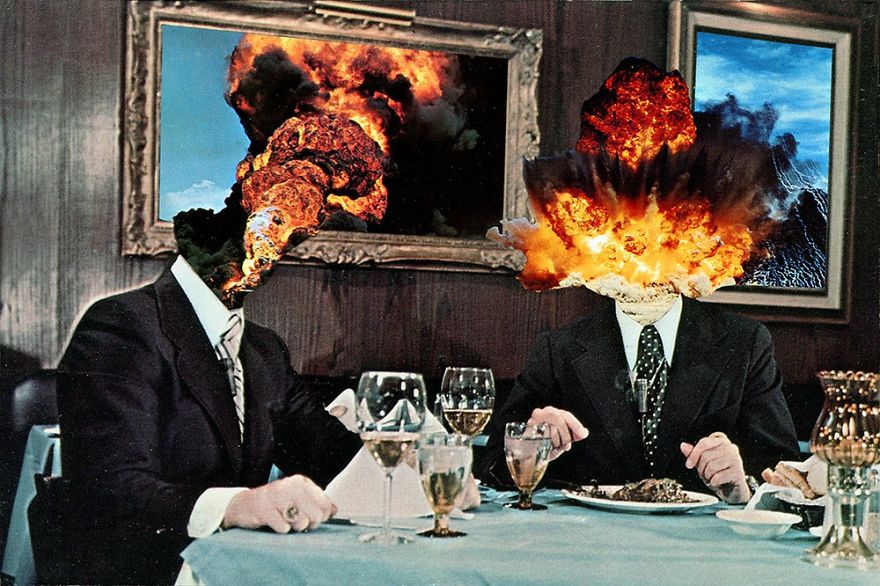Blog
Media, poetry, articles, art, videos and random nuggets that tickle me.
*Weeping*
When someone you love walks through the door, even if it's five times a day, you should go totally insane with joy...
Eugenia Loli
Shadows
Paaaaaaaper Trails
Hearing Colors
A Yoga Teacher Has Knee Surgery
The first time I heard my knee pop I was squatting down to read the green on the second hole of the Tilden Golf Course in Berkeley. Assessing the contour of the ground, I was, as usual, clearly overestimating my ability to actually putt the ball anywhere near where I intended to. The sound of the pop was far more uncomfortable than the sensation, it seemed like no big deal. I continued playing without much thought of the incident, my normally marginal skill set neither harmed nor helped. The second time I heard my knee pop I was unfolding my legs from the lotus pose, something that I was actually quite proficient at. The sound itself was no different than it was on the golf course, but this time the sensation accompanying it was alarming. I hobbled to my feet, my knee was swollen, something was wrong.
I remember one time after studying in the anatomy lab I went home and laid on the floor, closed my eyes and saw all the things beneath my skin I had just identified in the cadaver forms. With a steady increase since that time, I have become more able to relate to my physical form in an precisely personal sense. Through years of dedicated asana and Vipassana meditation practice, I have drawn, within my mind, a high-resolution map of my body. After the investigation following the second pop, my internal map had no question that the medial meniscus was torn in my right knee.
The fine people at Kaiser Permanente were understandably not interested enough in my self-diagnosis to forego the gratuitous three doctors-visits it takes before ordering an MRI. I was obliged to first see the primary care doctor who then sent me to the sports medicine specialist who then scheduled an X-Ray, honoring protocol despite clearly knowing that soft tissue injuries are invisible in such images. Finally, after navigating the procedural rigmarole of American medicine, an MRI substantiated my initial assumption.
Meniscus tears are an interesting thing in the world of orthopedics. Part of the meniscus is vascular and receives a small amount of blood supply, most of it however is essentially un-healable because of its disconnection from the circulatory system. An MRI can diagnose a tear but it can’t, with any real reliability, forecast its ability to be repaired. If it’s close enough to blood supply, the tear can be stitched up with a decent chance of staying together; if not, it has to be removed. A removed meniscus never grows back.
Also, some meniscus tears are rather benign in their real-world repercussions—one can live a fairly normal life as long as there is no regular demand to close the knee joint completely, something that very few humans who live in a world with couches and toilets ask of their bodies. But because of my strong affinity for full knee-flexion and cross-legged positions, and having spent nine fruitless months trying to rehab in a non-invasive capacity, I felt like I had no option but to go for surgery. The orthopedist was reassuring that my relative youth and health would pave the way for a high probability of success in a rather simple procedure.
For almost two weeks after surgery I hardly left the couch. My attitude was decent most the time—I exercised my (mostly) dormant princess-like capacity to ask for things to be done for me. I watched Netflix and read all day. I knew what I was getting myself into, I made my bed, I was lying in it—mostly comfortably. As the days crept by though, I sometimes had no choice but to struggle. I was slowly strangled by an internal cabin fever of which I had previously experienced no equal. My inordinate lack of activity was causing me to wither away, both muscularly and mentally. My mind had no choice but to mimic the sluggishness of my body.
It took me a while to realize that the heart of my struggle was wholly related to the dissolution of the internal map of my body. My sense of my form as I knew it was fading before my eyes. My relationship to my container was undergoing intense changes and pretty much the only thing I could do was watch with curiosity. It was, in a sense, where the rubber met the road in the testing of my ability to (very therapeutically) take deep breaths, visualize the movement of energy within myself, and occasionally crutch myself outside to soak in a bit of sunshine and fresh air in the immensely regenerative way that western medicine still can’t prove. It was a wonderful gift to be able to find the medicinal nature of things I’ve touted for so long, in such an intimate and necessary fashion.
I regularly teach both introductory and advanced teacher trainings in San Francisco and around the world. Especially for the advanced teachers, I spend an incredible amount of time detailing what I call proprioceptive empathy. To me, proprioceptive empathy is the ability to viscerally relate to students within one’s own body, simply by watching them closely. I strongly maintain that, through the dedicated and refined observation of movement, one can very personally feel the aesthetic of a movement within themselves without doing any moving. It is a skill that allows teachers to fully inhabit the room, people to fully inhabit the world.
When I gave myself permission to go back to teaching yoga, right away something fundamental shifted in my body. All the years I had practiced seeing deeply with the eyes in my nervous system had actually worked to prepare me to get something very important from my students at the time I needed it the most: the ability to practice asana without actually having to move. Right away I knew how important it was going to be for me to remain intensely awake while teaching. By staying in my body, by exercising my own proprioceptive empathy with great enthusiasm, I was getting to move internally. And I was very much in the room.
It’s been nine weeks since surgery. I think many of the best yoga classes I’ve taught in my life have come during this time. And mostly from a chair, a seat that has forced me to really use my eyes, really feel, and really pay attention. In some sense, the experience has been a complete test of everything I think I’ve apprehended through practice—both physically, mentally and emotionally. I have been trying to look at the endeavor of healing as an art project, as an opportunity to create a better knee from square one. I still can’t sit cross-legged but I’m on my bike and the sticky mat every day now rebuilding my body. I am entirely thankful for acupuncture, rolfing, and meditation practice—three things I’ve loved for a long time that are now substantially closer to my heart because of how they’ve helped me put myself back together. I have a long way to go before getting back to 100%, but after a successful repair it’s possible to get there and I am (mostly) relishing the journey.
In the interest of full disclosure (after all I make a living by telling people what to do with their bodies), I am fairly convinced that yoga played a predominant role in the degeneration of my medial meniscus. Certainly my life in general has demanded quite a bit from my knees. Many countless hours of dancing, hiking, biking, golfing and extended sitting retreats have all asked a lot. But, now that I know in the map of my body what it feels like to tear the meniscus, I can in hindsight pinpoint many things I did on the yoga mat that were unhealthy. One, always folding the same leg first in lotus. Two, not backing out of things like Marichyasana B & D when my knee started to speak up. Three, wanting so bad to nail Karandavasana that I would do it six times in a row every day for a year. Four and five—things I think we’ve all been guilty of to some degree—moving too quickly into and out of postures, and thinking I was invincible–too young and strong to get hurt.
I remember a week or two after hearing the second pop I was sitting in the front of a yoga classroom and saw a student sit in lotus. I wave of sorrow washed over me at the thought that I might never be able to do that again. It’s now been around nine months since I’ve folded my legs in that fashion. I think I’ll be back someday, but when I am, there will be new data in my new bodily map. Part of that data is trauma—the digestion and unpacking of a negative memory associated with a particular movement. Another part of it is a voice of reason and the unequaled skill of experience, something that I hope to use both in my immediate life and in my job. The final part of that data is the understanding that fulfillment changes—it’s very possible to be a decent person and a happy person without the physical abilities that have previously helped to prop up my sense of self.
Song Exploder
I really like this song, this band, this podcast...
Nils Frahm is Still My Hero
Rough And Tumble
I really love this article about dance pioneer Elizabeth Streb. Thank god for humans and their often times eccentric internal yearnings to create.
"The poet and artist Danita Geltner, with whom Streb was once involved, told me that their courtship began one night when she saw Streb at the end of a bar lighting matches and blowing them out while staring at her."
The Battle Is Over
Wow
So Beautiful
Twenty Minutes with My teacher
The creation of my compass in practice and life has come largely from my relationship with this incredible man and his wife Mary. I'm so grateful for their influence in my life, I owe them so much. Here's a special twenty minutes of reflection in their house.
She Is All Around Us
In a mother’s womb were two babies. One asked the other:
“Do you believe in life after delivery?” The other replied, “Why, of course. There has to be something after delivery. Maybe we are here to prepare ourselves for what we will be later.”
“Nonsense” said the first. “There is no life after delivery. What kind of life would that be?”
The second said, “I don’t know, but there will be more light than here. Maybe we will walk with our legs and eat from our mouths. Maybe we will have other senses that we can’t understand now.”
The first replied, “That is absurd. Walking is impossible. And eating with our mouths? Ridiculous! The umbilical cord supplies nutrition and everything we need. But the umbilical cord is so short. Life after delivery is to be logically excluded.”
The second insisted, “Well I think there is something and maybe it’s different than it is here. Maybe we won’t need this physical cord anymore.”
The first replied, “Nonsense. And moreover if there is life, then why has no one has ever come back from there? Delivery is the end of life, and in the after-delivery there is nothing but darkness and silence and oblivion. It takes us nowhere.”
“Well, I don’t know,” said the second, “but certainly we will meet Mother and she will take care of us.”
The first replied “Mother? You actually believe in Mother? That’s laughable. If Mother exists then where is She now?”
The second said, “She is all around us. We are surrounded by her. We are of Her. It is in Her that we live. Without Her this world would not and could not exist.”
Said the first: “Well I don’t see Her, so it is only logical that She doesn’t exist.”
To which the second replied, “Sometimes, when you’re in silence and you focus and you really listen, you can perceive Her presence, and you can hear Her loving voice, calling down from above.”
- Útmutató a Léleknek
Digital Fascia (2)
I Love Everything About This
Nils Frahm is my hero. "When I perform I still feel the stage is more than just where you put your instruments. It’s where you can do whatever you feel like. Andy Kaufman is a big inspiration for me. The music works by itself, but you can change the perception of it by the way you dress, the way you move, the things you say, the things you don’t say. And when you realize that everything is staged, then nothing is staged. There’s a kind of liberation to that." .... Pitchfork Interview Continued
Heart Fireworks
Daybreak
a darkened room fills with a cello’s watercolor light,
its sparse walls and open windows become the body
of the instrument–no pocket of air ignored or useless.
the cellist closes the withered creases of his practiced map
and realizes memory is just a brilliant forgetfulness–
his dancing fingers wipe borders and boundaries clean.
down the hall, a little girl lies on the floor of her morning room
and whispers circular stories in her dog’s ear–
alone together, they are perfectly unfamiliar with technique.
a lone cloud tumbles past in the resonant wind
without thought of presentation or interpretation–
it carries everything of the new day with it.
i reach out my window, pull the cloud from the sky
and surround myself with the untouchable–
endlessly held in the webbed and spreading daybreak.







